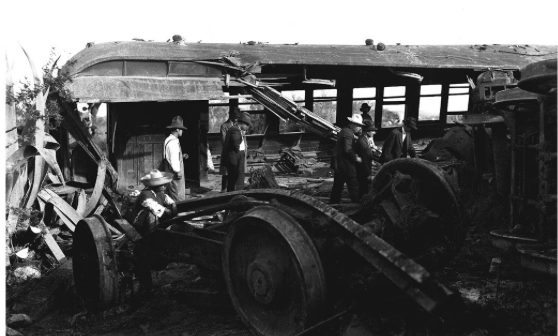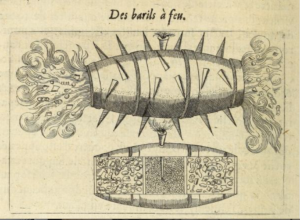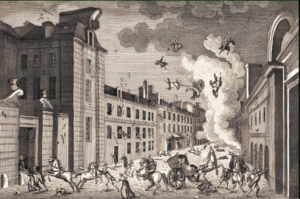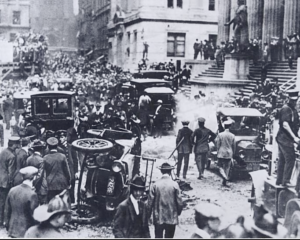Quite often in my research into historical IEDs, I’m struck by parallels with modern IED threats. Here’s a historical story with exactly that.
There is a common perception that the “first” vehicle bomb or VBIED was the 1920 Wall St bombing In New York. As readers of this blog will know by now, that isn’t even close, with vehicle bombs hundreds of years before that. These VBIEDs described below were from around 1912/1913.
I see some parallels between the ongoing conflict in Iraq and Syria and the Mexican Revolution in terms of military activity. Today there are conflicts between government troops and insurgents, one way or another. One common tactic in Iraq and Syria we are seeing is the government troops defending a FOB in a small town or village and insurgents launching attacks on them quite often preceded by a suicide vehicle bomb. The “shock action” of a large explosion potentially disorientates defenders as other attacks are launched. The attacks often take place in desert countryside down the the communication routes (the roads), and has been seen very frequently in the last couple of years.
There are similarities then, with the Mexican revolution and in particular in the period 1912 and 1913. This was a complex revolution and I don’t intend on getting into the detail of its causes and protagonists – you can read that here if you wish to.
There were various rebel leaders, including Zapata and Orozco who launched guerrilla warfare campaigns that today we might call insurgencies. Both government forces and the rebels moved forces and their supplies quite often by the railroad system – the only practical way of moving volumes of men and material around the country quickly. Typically the government forces, in pursuit of rebels, would move forces along a railway line to a town which they fortified, moving with the aid of three or four trains that arrived in a given town. Or the rebel forces did exactly the same. On a few occasions rebels mounted attacks that were initiated sending their own or captured trains at high speed down the line, which collided with the stationary government trains and caused alarm and confusion. It didn’t take long before the one side or the other spiced up these runaway trains with the addition of a lot of explosives on board.
One example – In the First Battle of Rellano which took place on 24 March 1912, between two opposing sides, one under under command of Pascual Orozco. Government forces arrived in Chihuahua province but their progress was stalled because Orozco had blown up railroad track and bridges with IEDs. The government forces under General Salas had to repair the bridges and railway lines on order to move. Orozco’s troops were defending the town of Rellano and the government forces were moving up the railway line in trains to attack them. One of Orozco’s comrades, Emilio Campa, loaded a locomotive with dynamite and sent it at high speed down the track to where government forcers were disembarking from their trains just outside the town. Despite the fact that the government forces had removed some track (to protect themselves from such eventuality) the VBIED train, traveling at high speed, left the tracks but still collided with the troop train, and exploded killing 60 soldiers and injuring many more. I haven’t been able to establish any fuzing mechanism.
Such tactics were used in a number of other engagements by the (various) participants and the trains were known either as “loco-locos” (crazy trains) or “maquina loca”, an adaptation of the “maquina infernale” or infernal machine which in those days was used to describe an IED.
Rodolfo Fierro, (an ex railway brake man) who commanded some of Pancho Villa’s forces used this tactic several times, most notably at the Battle of Tierra Blanca in November 1913. Fierro’s nickname was “the Butcher” a name that apparently was quite apposite.
Here’s a picture of the aftermath of one loco-loco.

The aftermath of an exploding train
So these insurgent battles were violent, desert-bound conflicts not too dissimilar from the violent conflicts of Syria and Iraq just now. Of course the Mexican revolution has been glamorised by Hollywood or spaghetti westerns such as the Wild Bunch, A Fistful of Dynamite and Villa Rides! Indeed the whole film “A Fistful of Dynamite” concludes with a Loco-loco being used against an Army train. The hero of the film is James Coburn, playing an Irish explosives expert plying his trade in Latin America (with an awful Irish accent)…and there’s another story for the future…






